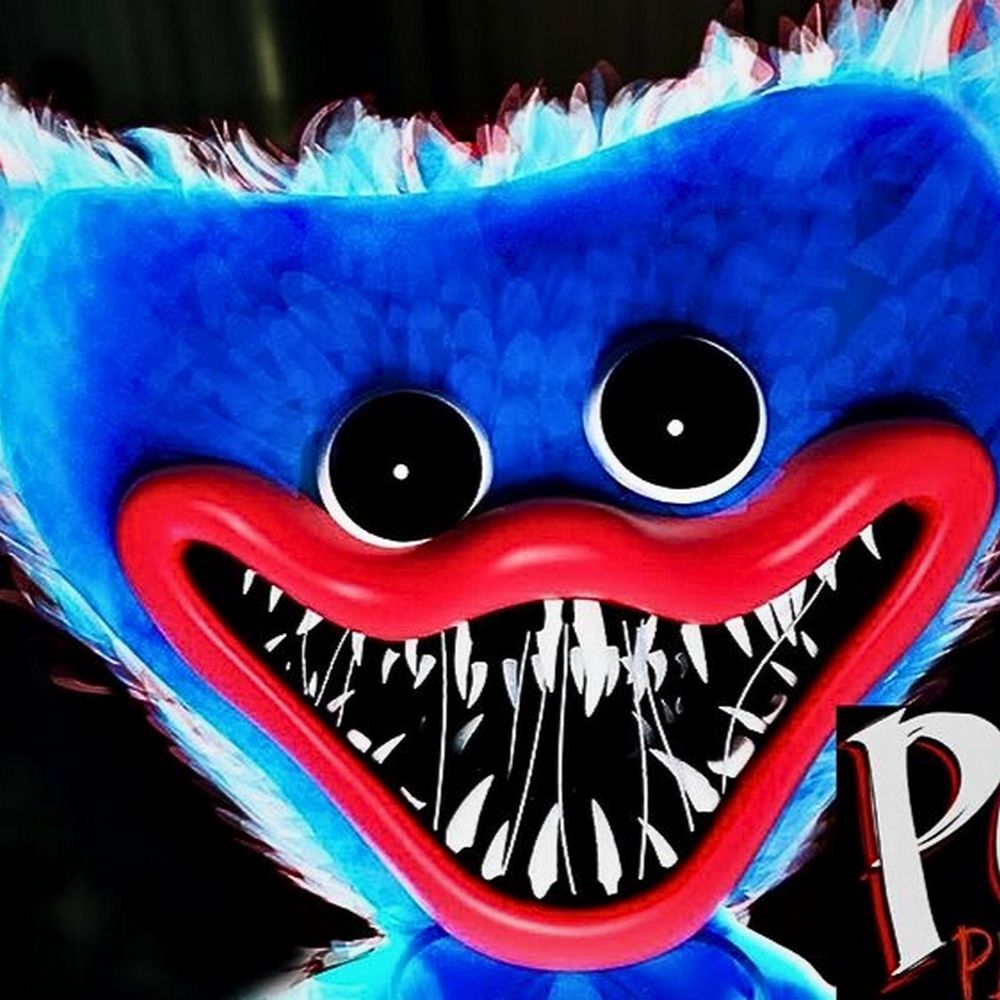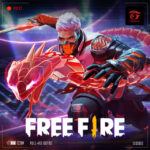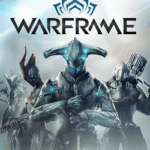
Poppy Playtime
All trademarks belong to their respective owners.Popular Now
 Garena Free Fire: Kalahari
Garena Free Fire: Kalahari
 PUBG Mobile
PUBG Mobile
 Free Fire
Free Fire
 Geometry Dash
Geometry Dash
 Among Us
Among Us
 EA SPORT FC 25
EA SPORT FC 25
 Warframe
Warframe
 Schedule I
Schedule I
 Candy Crush Saga
Candy Crush Saga
 Toca Boca World
Toca Boca World
Beyond the Game: Poppy Playtime’s Transmedia Expansion and Fandom Culture
What began as a terrifying indie game set within the confines of an abandoned toy factory has rapidly blossomed into a sprawling transmedia phenomenon, extending far beyond the digital confines of its original release. Poppy Playtime hasn’t just captivated gamers; it’s ignited a vibrant fandom culture, permeated popular culture, and successfully branched into a diverse array of merchandise, animation, and even real-world experiences. This remarkable expansion is a testament to the game’s compelling characters, intriguing lore, and the intrinsic viral potential of its unsettling brand of mascot horror, cementing its place not just as a game, but as a burgeoning entertainment franchise.
The Viral Ignition: From Game to Global Sensation
Poppy Playtime’s journey to transmedia success was fueled by several key factors.
- YouTube and Streaming Gold: From its initial chapter, Poppy Playtime proved to be incredibly streamer-friendly. The game’s reliance on jump scares, atmospheric tension, and puzzle-solving made for highly engaging content. Viewers gravitated towards the dramatic reactions of their favorite content creators encountering Huggy Wuggy for the first time, rapidly spreading awareness and curiosity about the game. This organic, viral marketing on platforms like YouTube and Twitch was instrumental in its initial explosion in popularity.
- Distinctive Character Design: MOB Games struck gold with its character designs. Huggy Wuggy, with his deceptively friendly yet terrifying visage, became an instant icon. His long limbs, perpetual smile, and unsettling pursuit resonated deeply, becoming immediately recognizable even to those who hadn’t played the game. This strong visual identity made him perfect for memes, fan art, and merchandising. Subsequent characters like Mommy Long Legs continued this trend, offering fresh, equally unsettling designs that kept the fandom engaged.
- Intriguing and Expanding Lore: The game’s fragmented, mystery-driven lore encouraged deep dives and speculation. Players and content creators meticulously analyzed every VHS tape, every environmental clue, and every cryptic message, piecing together the dark backstory of Playtime Co. This ongoing narrative discovery provided fertile ground for discussion, theory videos, and collaborative world-building within the community.
- Accessibility and Broad Appeal: While a horror game, its relatively simple gameplay mechanics and clear objectives made it accessible to a wide audience. Its visual style, while unsettling, wasn’t overly gory, allowing it to appeal to a younger demographic drawn to the “creepy toy” aesthetic, even if they couldn’t play it themselves.
The Leap into Transmedia: Expanding the Universe
MOB Games has been proactive in extending the Poppy Playtime brand across various media.
- Merchandise Mania: Huggy Wuggy, Mommy Long Legs, and other characters quickly transitioned into a wide array of merchandise. Plushies (both terrifying and stylized for comfort), action figures, apparel, keychains, and collectibles filled online stores and retail shelves. The demand for these tangible representations of the characters demonstrated the strong emotional connection fans had developed. This not only generated significant revenue but also acted as constant marketing for the game.
- Animated Series and Shorts: The franchise began developing animated content, including shorts that delve deeper into the lore or explore the characters in new ways. These animations often provide backstory or expand on aspects of the Playtime Co. universe that the games might only hint at, broadening the narrative for fans who enjoy the story but might not play the games.
- Music and Soundtracks: The game’s memorable, often unsettling, soundtracks and character themes have also found a life of their own. Fan-made music, remixes, and official releases allow the auditory experience of Poppy Playtime to exist independently, resonating with listeners and reminding them of the game’s atmosphere.
- Books and Comics (Potential/Emerging): As the lore deepens, the potential for books, graphic novels, or comics to further expand the narrative and character backstories becomes increasingly apparent. This allows for more detailed storytelling than the games can typically offer.
- Real-World Experiences (Emerging): The potential for real-world attractions, escape rooms, or themed events based on the Playtime Co. factory is a natural progression for a franchise with such a strong environmental identity. Early indications and fan demand suggest this could be a future avenue for expansion, offering immersive experiences.
Fandom Culture: A Driving Force
The passionate and creative fandom surrounding Poppy Playtime is a vital component of its continued success.
- Fan Art and Creations: The distinct character designs and intriguing lore inspire a massive amount of fan art, animations, cosplay, and creative interpretations. This constant stream of user-generated content keeps the brand visible and fosters a sense of community ownership.
- Lore Theorizing and Discussion: Online forums, Reddit threads, and dedicated YouTube channels are buzzing with intricate lore theories, character analyses, and predictions for future chapters. This intellectual engagement deepens fans’ connection to the story and contributes to the game’s intellectual property.
- Community Events and Engagement: MOB Games actively engages with its community through social media, Q&A sessions, and participation in fan events, further cementing the bond between developers and their audience. This direct interaction fosters loyalty and continued excitement.
- Viral Content Creation: Fans themselves become content creators, producing memes, parodies, reaction videos, and challenge runs that further amplify the game’s reach and cultural footprint.
Poppy Playtime’s journey from a horror game to a rapidly expanding transmedia franchise is a powerful case study in how compelling character design, an intriguing narrative, and savvy viral marketing can ignite a dedicated fandom. Its enduring appeal lies not just in the scares, but in the rich, evolving universe of Playtime Co. that continues to unfold across multiple platforms, proving that the factory’s grasp extends far beyond the confines of a screen.
What’s a piece of Poppy Playtime merchandise you’d love to own (or already do)?
Rating
PROS
- Engaging Gameplay: Thrilling and immersive with intuitive controls
- Creepy Setting: Vivid, contrasting abandoned toymaking factory design
- Sound Design: Masterful use of sound effects and appropriate music
- Superior Performance: Impressive performance even on mid-range PCs
CONS
- Short Game Length: The playtime may appear relatively short for seasoned players
- Fragmented Narrative: The storyline is somewhat disjointed and confusing
- Limited Rewards: Comparatively fewer in-game rewards and achievements
- No Multiplayer Mode: Lack of multiplayer options might reduce replay value for some